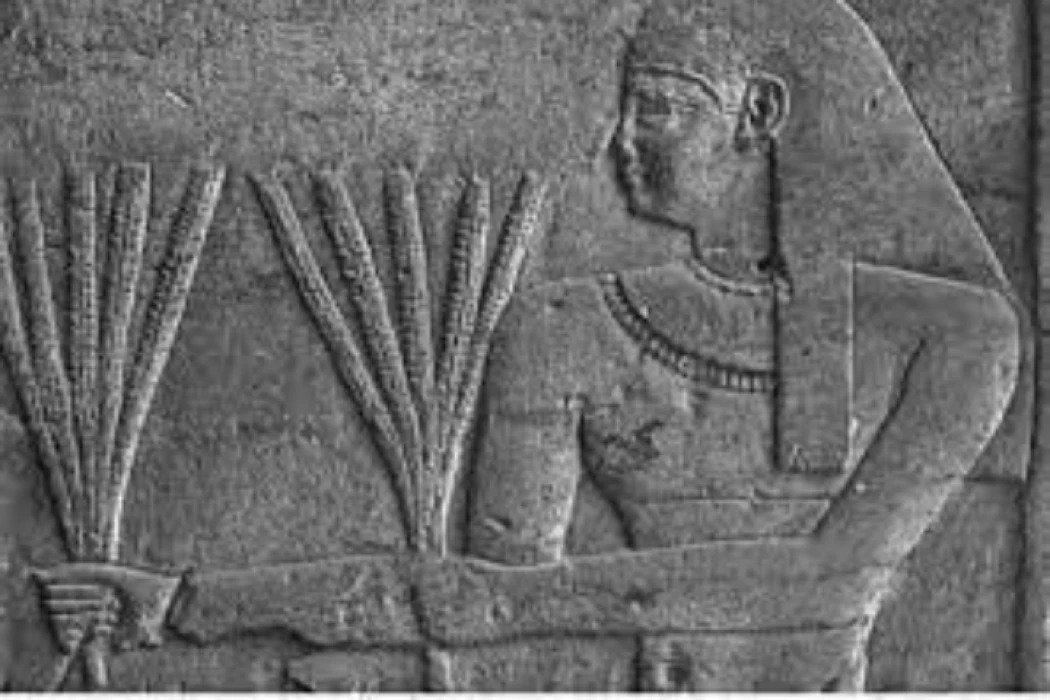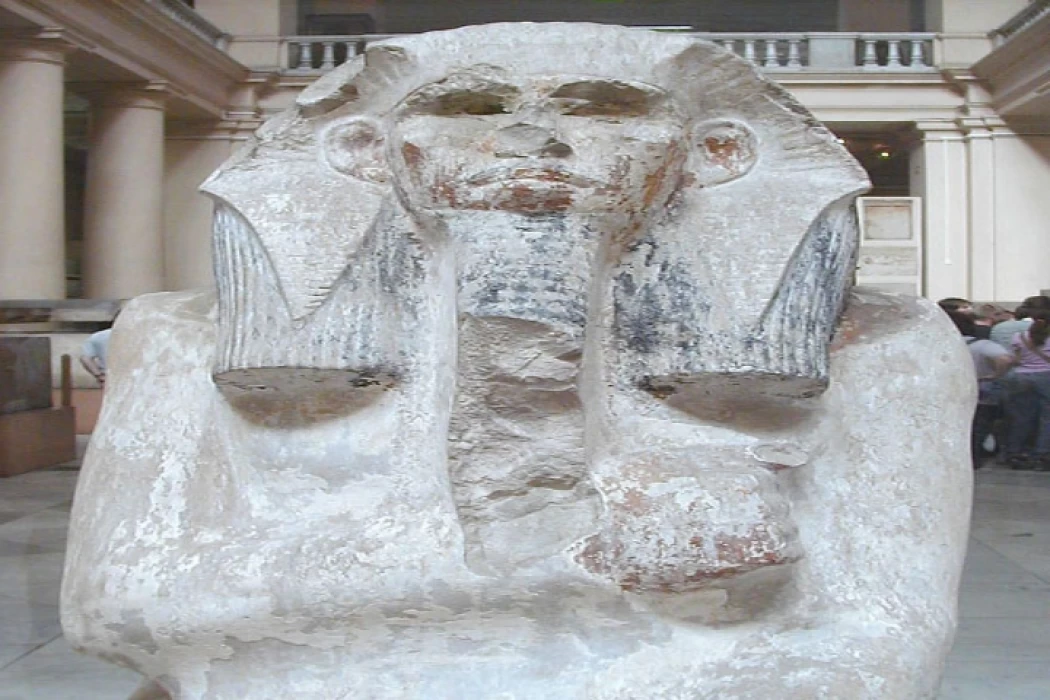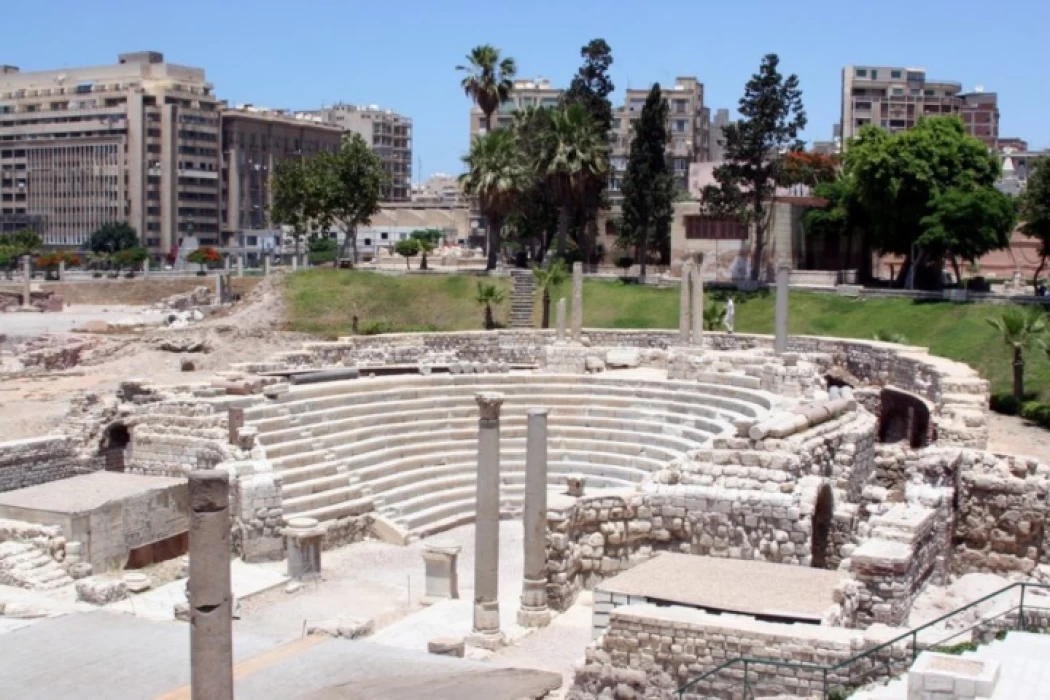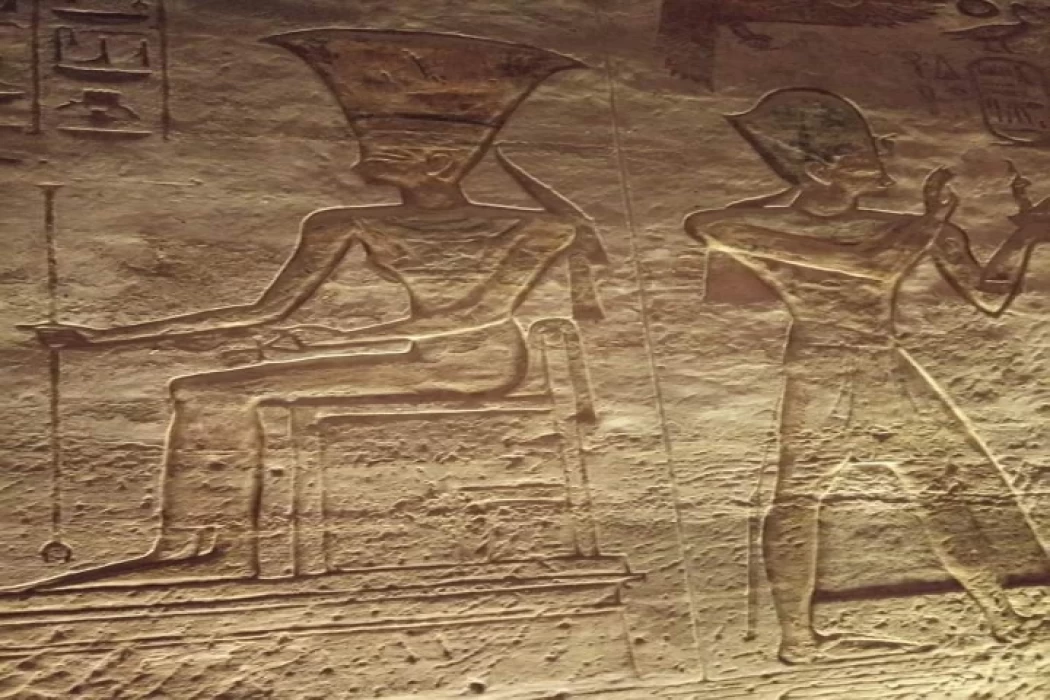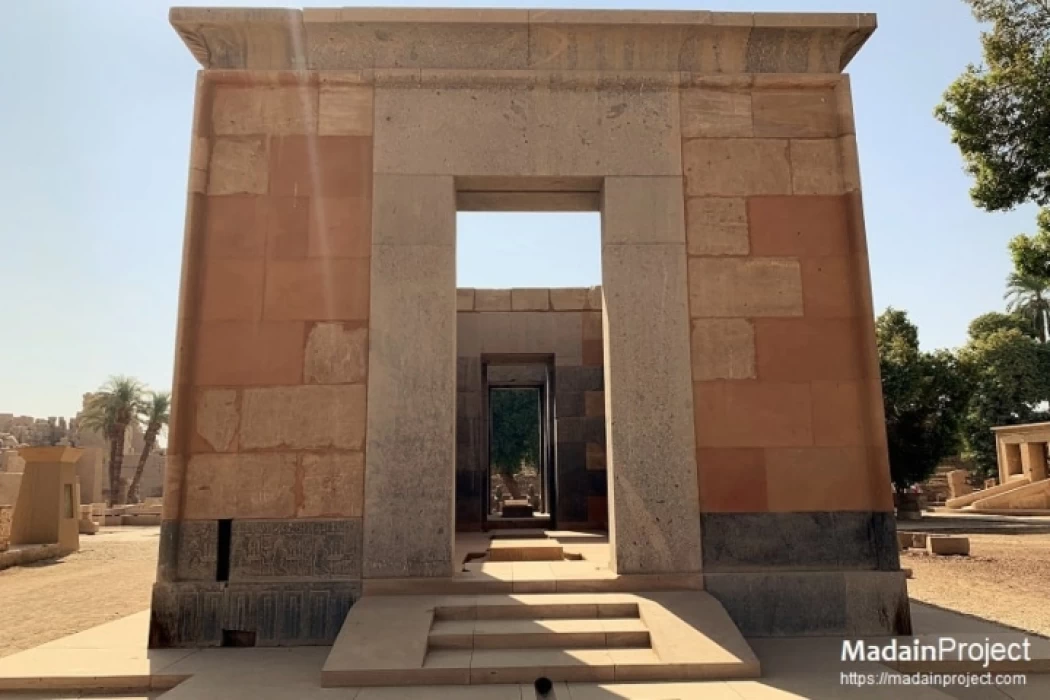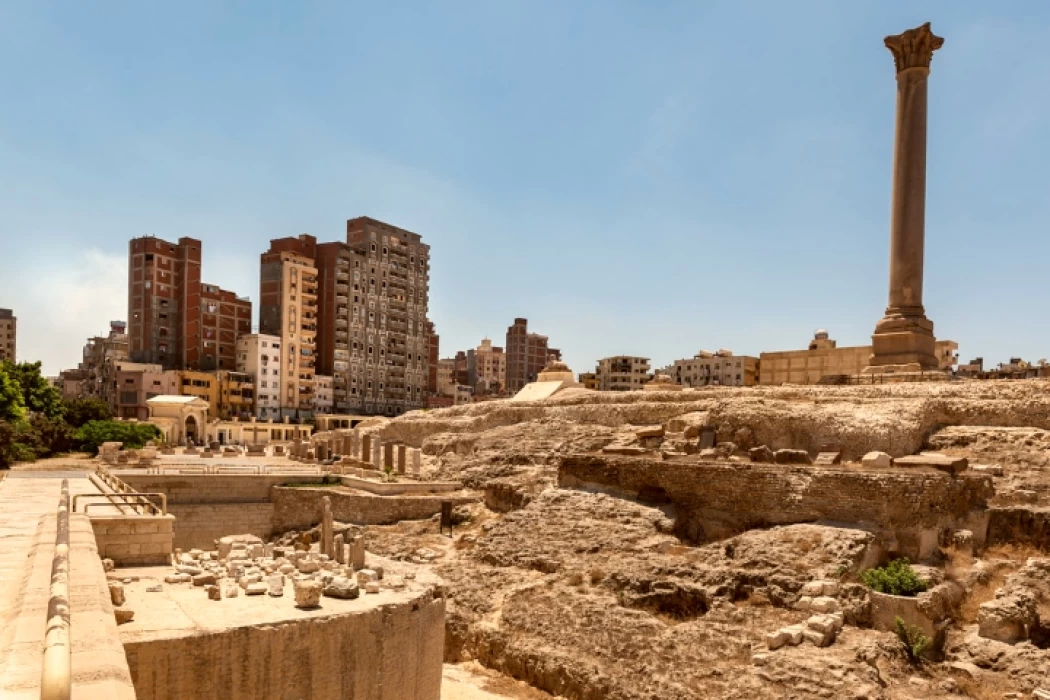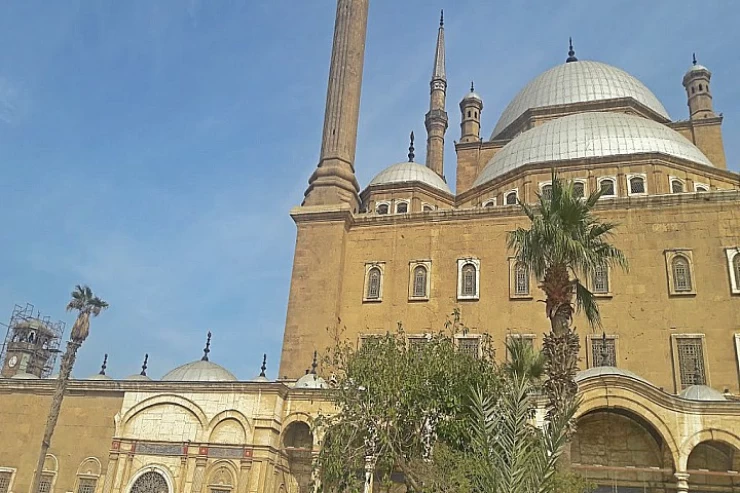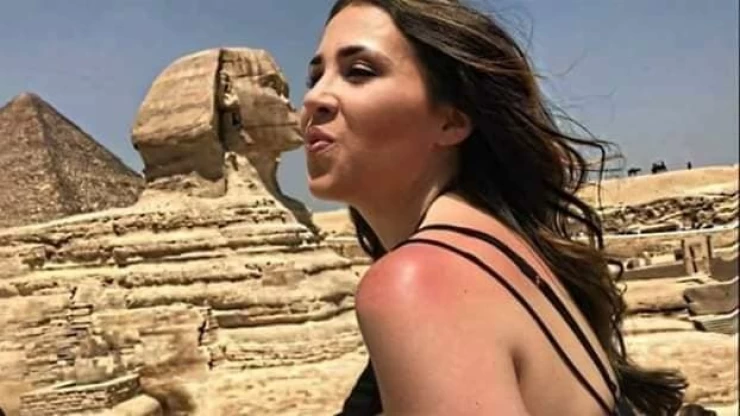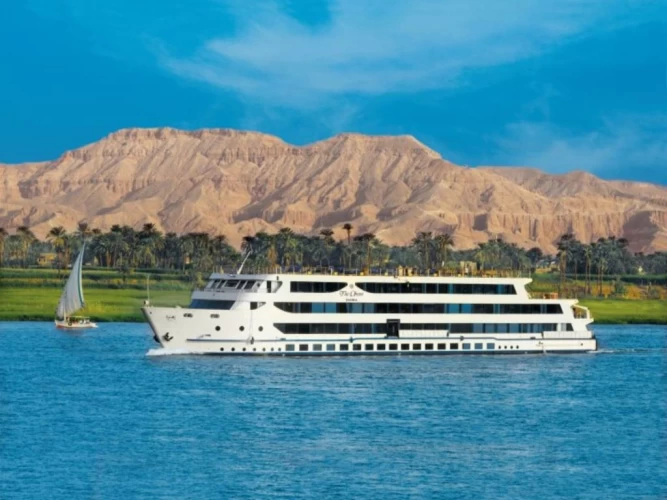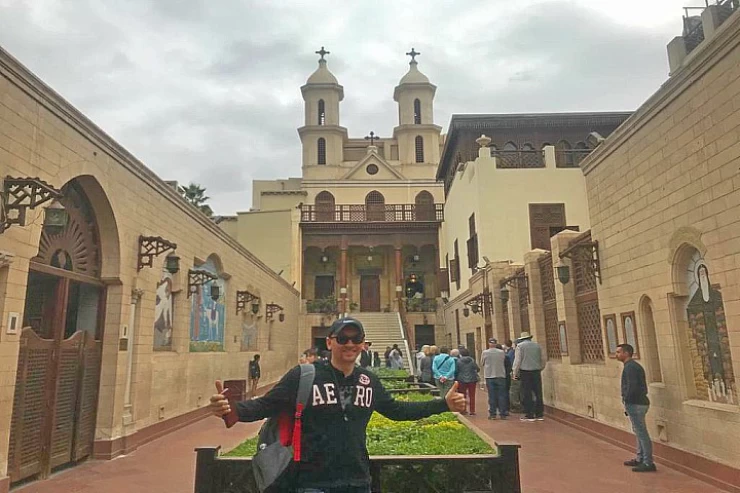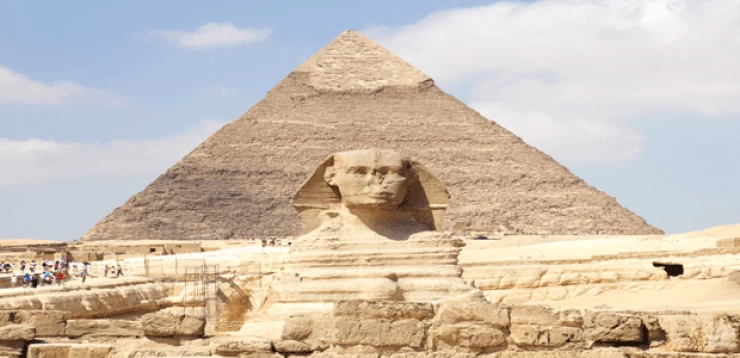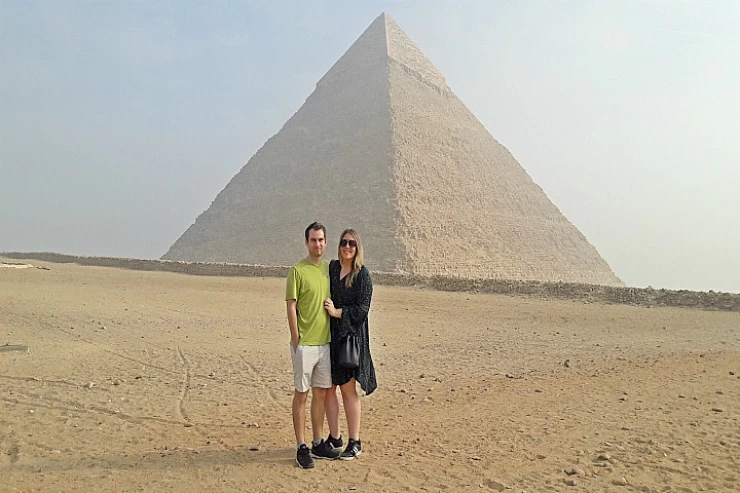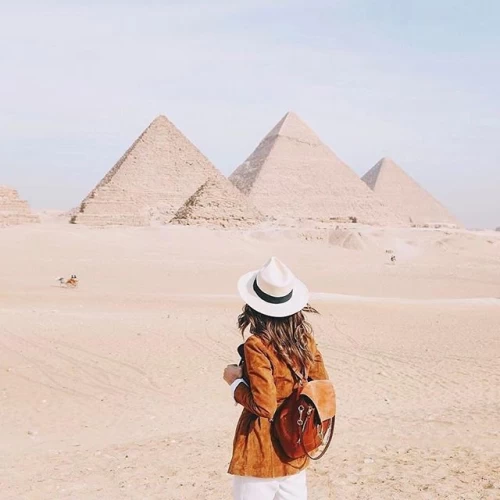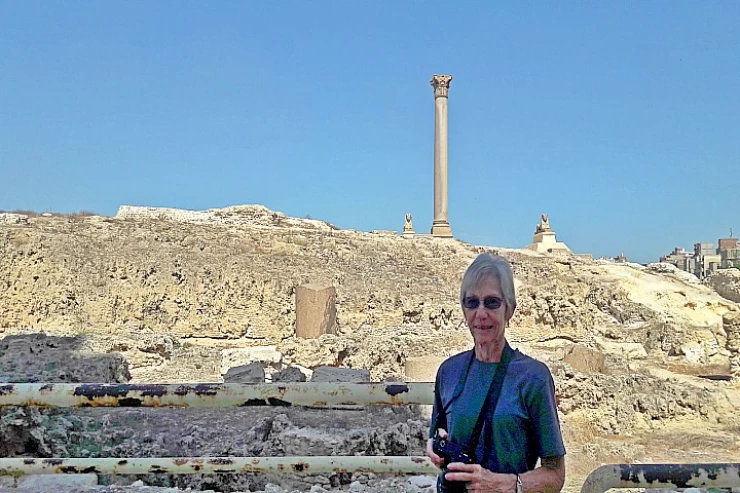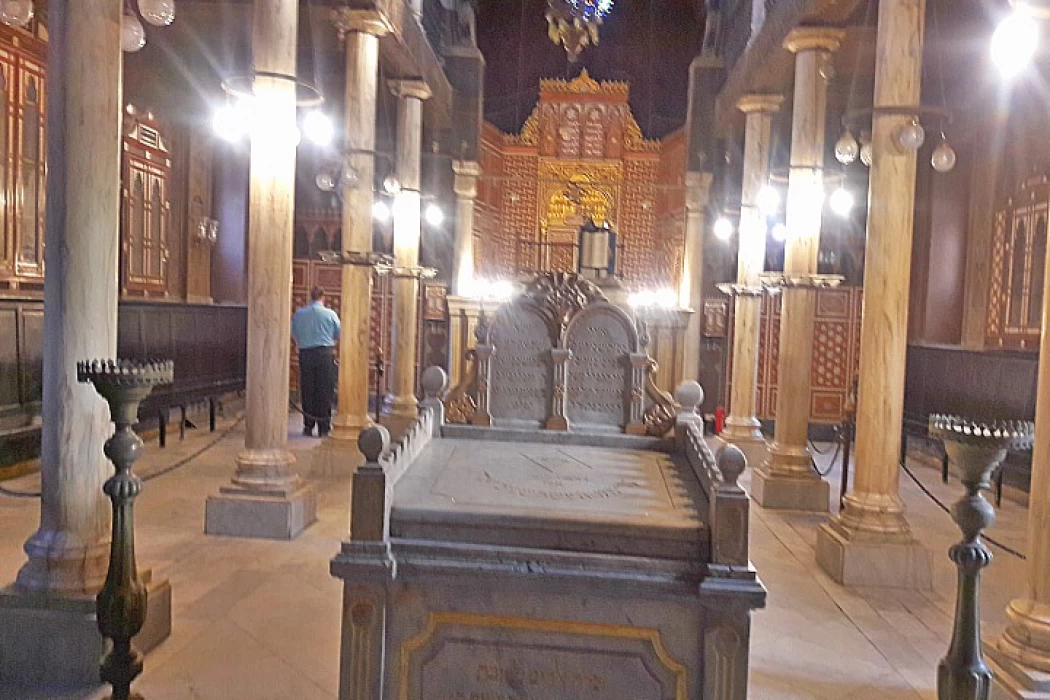
Ben Ezra Synagogue
The Ben Ezra Synagogue is one of the Egyptian Jewish synagogues. It is located in the Fustat area (ancient Egypt district). It is one of the largest and most important, especially with the Egyptian government taking care of it and restoring it, turning it into a tourist monument and shrine. His library contains precious books and Jewish periodicals that chronicle the existence of the Jewish community in Egypt.
The temple was originally a church called the " Church of the hangers - "and the Orthodox Church sold it to the Jewish community when it went through financial hardship as a result of the increase in taxes imposed on it at the time, and the temple was named after Ezra the writer, one of the evacuated rabbis of the Jews, and is sometimes called the temple of the Palestinians, or the temple of the Levites. Modern scholars and Jews know it as the "temple of Geniza" after the famous Geniza collection of documents found there in 1890.
The temple is the oldest of the temples of Cairo. Jewish stories tell that Moses had chosen a place to pray next to the Nile in what was later known as Fustat, but according to Al-maqrizi, the temple was originally a Christian Church, and was sold at some time to the Jews, based on the news of a church named St. Michael in the same spot, and there is no trace of it today, sources indicate that it was sold in 882 ad to the Jews in order to collect some amount of money, which was imposed by Ahmed Ibn Tulun on Christians. At that time, "Abraham ibn Ezra" paid an amount of 20,000 dinars. It is dated that the temple was rebuilt again, and the condition of the building worsened so much that the sect decided to demolish it completely and build it again in 1890. And its conditions worsened again, until the Egyptian government renovated it jointly with the Canadian Center for architecture in 1991, and it became a well-known tourist shrine.
The Jews narrate that this spot is a place that Moses had used to pray after the plague struck the country according to the well-known story. Other stories tell that the Prophet Elijah (Eliyahu) had manifested to the worshippers there more than once, and that the temple contains the remains of the prophet Jeremiah, as well as the story of the ancient Tanakh manuscript, now known as the Aleppo Codex, written by the Masorti Moshe ben Asher, his son Aharon Ben Asher from the Karaite Jewish community and punctuated it to be pronounced correctly without distortion and somehow transferred to the Jewish community of Aleppo Levant, it is said that this copy is the one by which the current copies of the Tanakh were adjusted and revised.
The temple has been used throughout history by the majority of Jewish communities in Egypt, so it was used by Iraqi Jews, namely Karaite Jews, shame Jews, Ashkenazim, and Sephardim. It ended up as a temple for Rabbinic Jews after the Karaite Jewish community moved to Cairo Al-Mu'izz in the Fatimid era. Rabbinic Jews speak Arabic as their native language.
A Geniza is a collection of papers and documents that may not be destroyed or neglected according to the Jewish religion, especially if it includes the name of God among its folds, but it is stored in an isolated room in the synagogue or temple for generations, and derived from this word the word funeral in Arabic, meaning burial or burial. Because after each term these documents must be collected and buried in cemeteries. A collection of extremely rare documents was found in this temple, from which it is possible to date the living conditions of Jews for many centuries, and the conditions of their society as a whole.
The temple consists of two floors, like a large number of synagogues and Jewish forums, the first is used for male worshippers and the second for women's prayer, the temple receives Jerusalem, and contains two rows of marble columns with magnificent crowns, and is divided into three sections, the largest of them is the middle one, which is topped (shakhshikha) or the lighting and ventilation hole in the middle of the preaching platform and around the seats of worshipers, and the temple on the eastern side, contains the ark of the Covenant and Torah scrolls. There is still a great demand to visit the temple from various tourists of the world, regardless of their religions and orientations, because of its aesthetic and historical value.
Latest Articles
Admin
Neper God Of Grain
Neper was the deity of grains, particularly cereals that were important in Ancient Egypt, such as wheat and barley. It was stated that he foretold when the crops would grow, be harvested, and disappear.
Admin
Djoser
Djoser was an ancient Egyptian pharaoh of the 3rd Dynasty during the Old Kingdom and was the founder of that epoch. He is also known by his Hellenized names Tosorthros (from Manetho) and Sesorthos (from Eusebius). He was the son of King Khasekhemwy and Queen Nimaathap, but whether he was also the direct successor to their throne is unclear. Most Ramesside king lists identify a king named Nebka as preceding him, but there are difficulties in connecting that name with contemporary Horus names, so some Egyptologists question the received throne sequence. Djoser is known for his step pyramid, which is the earliest colossal stone building in ancient Egypt
Admin
Kom Al Dikka Alexandria
Kom El Deka, also known as Kom el-Dikka, is a neighborhood and archaeological site in Alexandria, Egypt. Early Kom El-Dikka was a well-off residential area, and later it was a major civic center in Alexandria, with a bath complex (thermae), auditoria (lecture halls), and a theatre.
Admin
The God Anuket
Anuket, in Egyptian religion, the patron deity of the Nile River. Anuket is normally depicted as a beautiful woman wearing a crown of reeds and ostrich feathers and accompanied by a gazelle.
Admin
The Red Chapel of Hatshepsut
The Red Chapel of Hatshepsut or the Chapelle rouge was a religious shrine in Ancient Egypt. The chapel was originally constructed as a barque shrine during the reign of Hatshepsut. She was the fifth pharaoh of the Eighteenth Dynasty from approximately 1479 to 1458 BC.
Admin
The Serapeum of Alexandria
The Serapeum of Alexandria in the Ptolemaic Kingdom was an ancient Greek temple built by Ptolemy III Euergetes (reigned 246–222 BC) and dedicated to Serapis, who was made the protector of Alexandria, Egypt. There are also signs of Harpocrates. It has been referred to as the daughter of the Library of Alexandria.
